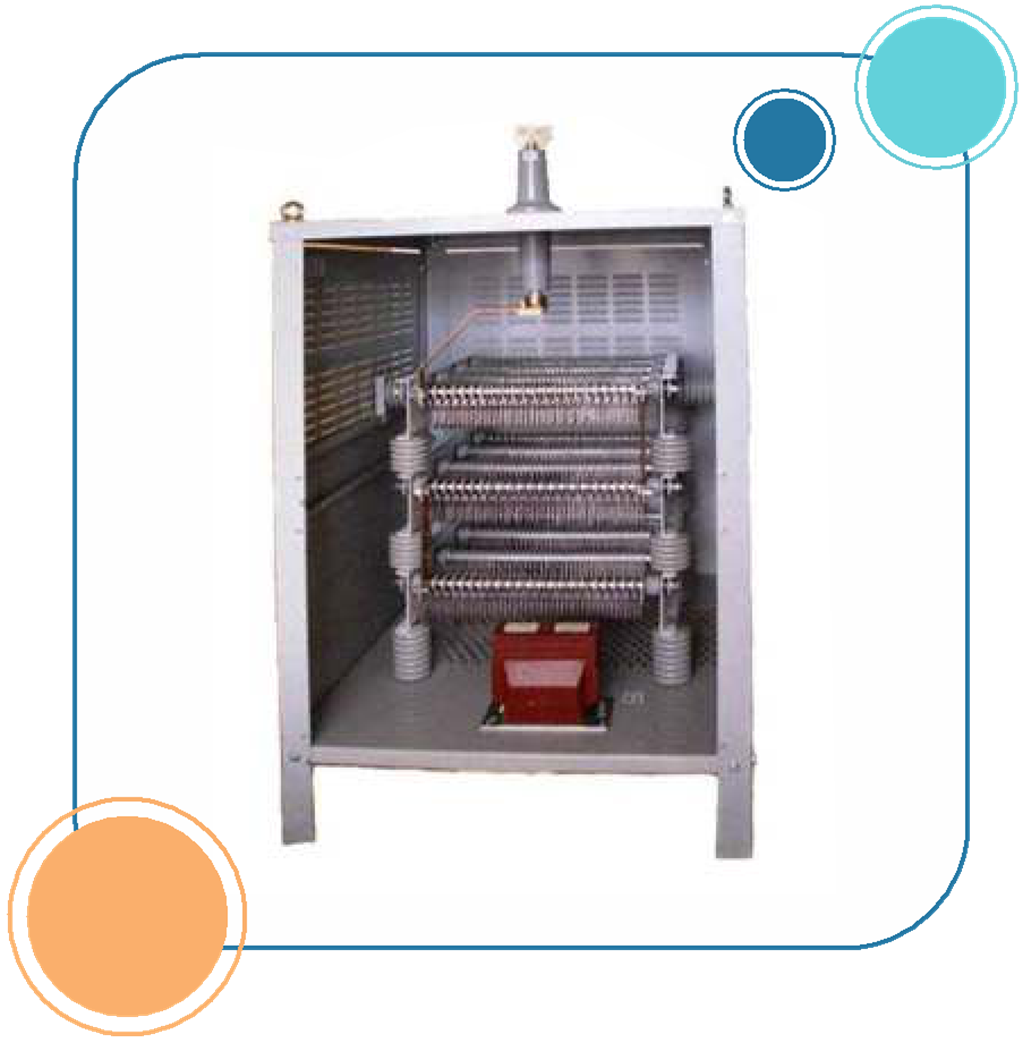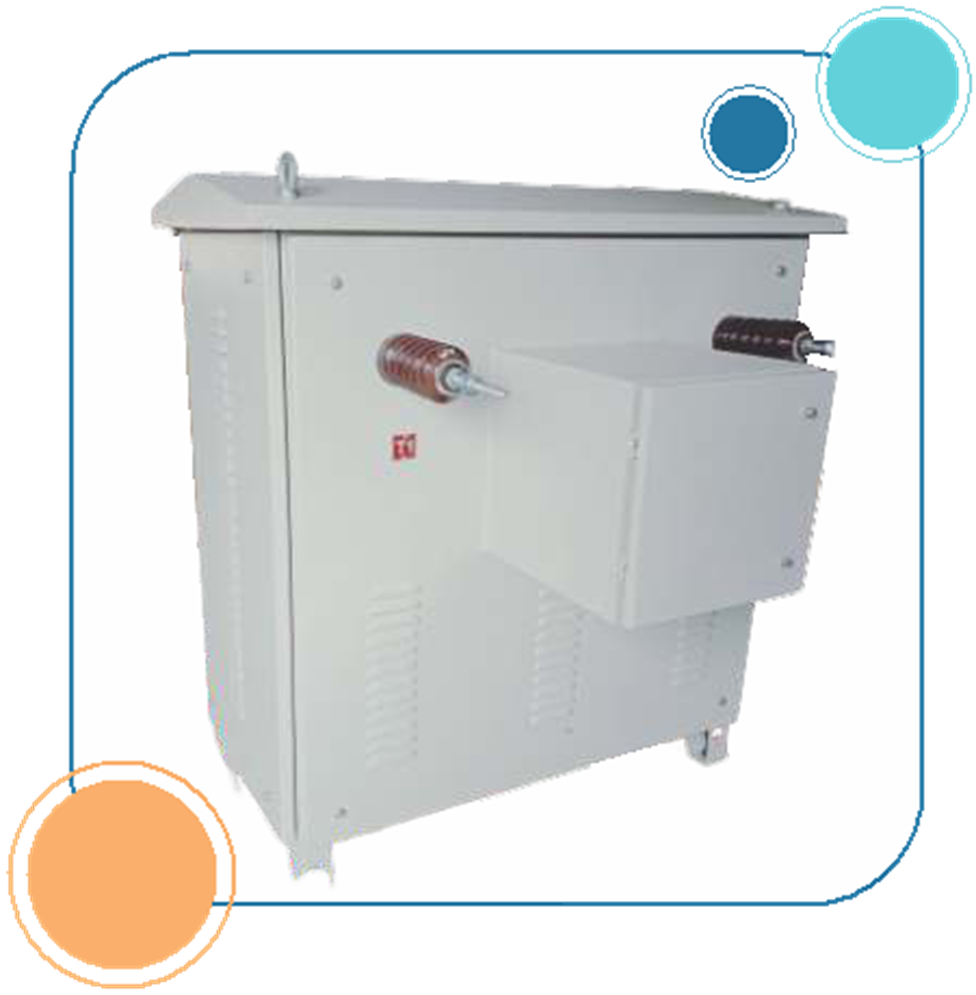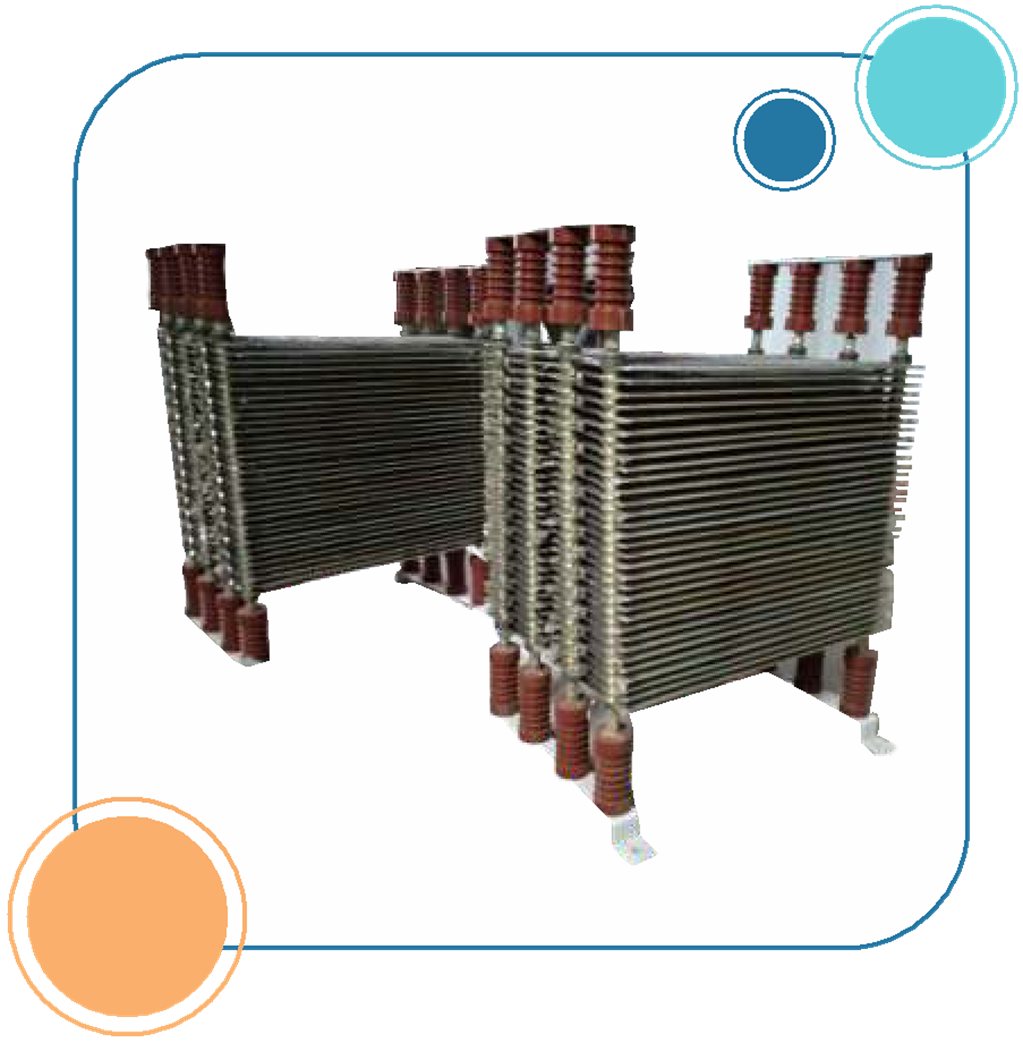
Neutral Grounding Transformer with Load Resistor Panel
Manufactured using high-quality raw materials, we offer these Neutral Grounding Transformer with Load Resistor Panel. Being processed through a number of quality checks, these products supplied by us are known for their sturdiness and durability. We are one of the leading manufacturers of these products, and we believe the quality to be our priority.
This product is known for the protection it provides to the generators from an unbalanced, three phase load. These products are made available in the market at very competitive prices, increasing their demand.
NGTR Panel/ Cubicle encloses Neutral Grounding Transformer (NGT) and Neutral Grounding Resistor (NGR) for grounding/ earthing of Neutral current during unbalanced three phase load of the generator.
Neutral Grounding Transformer with Load Resistor Panel
This is essentially required for protection of the generator. Neutral Grounding Transformer (NGT) steps down the voltage of neutral bus from 6.6 kV/ 11 kV/ 33 kV level to 110/220/415 Volt level. This stepped down voltage is connected to a neutral grounding resistance and a ground earth terminal for bringing the voltage level of neutral bus as close as possible to zero voltage level.


